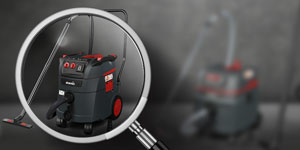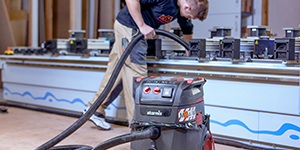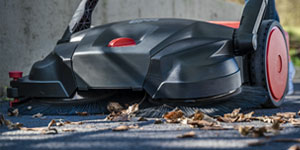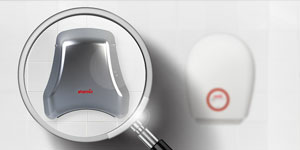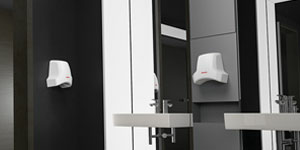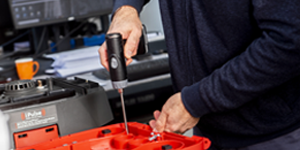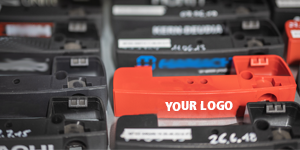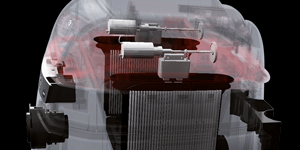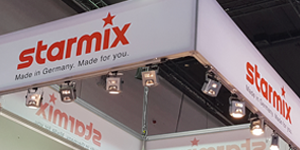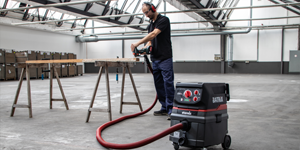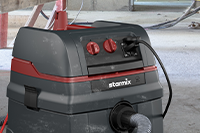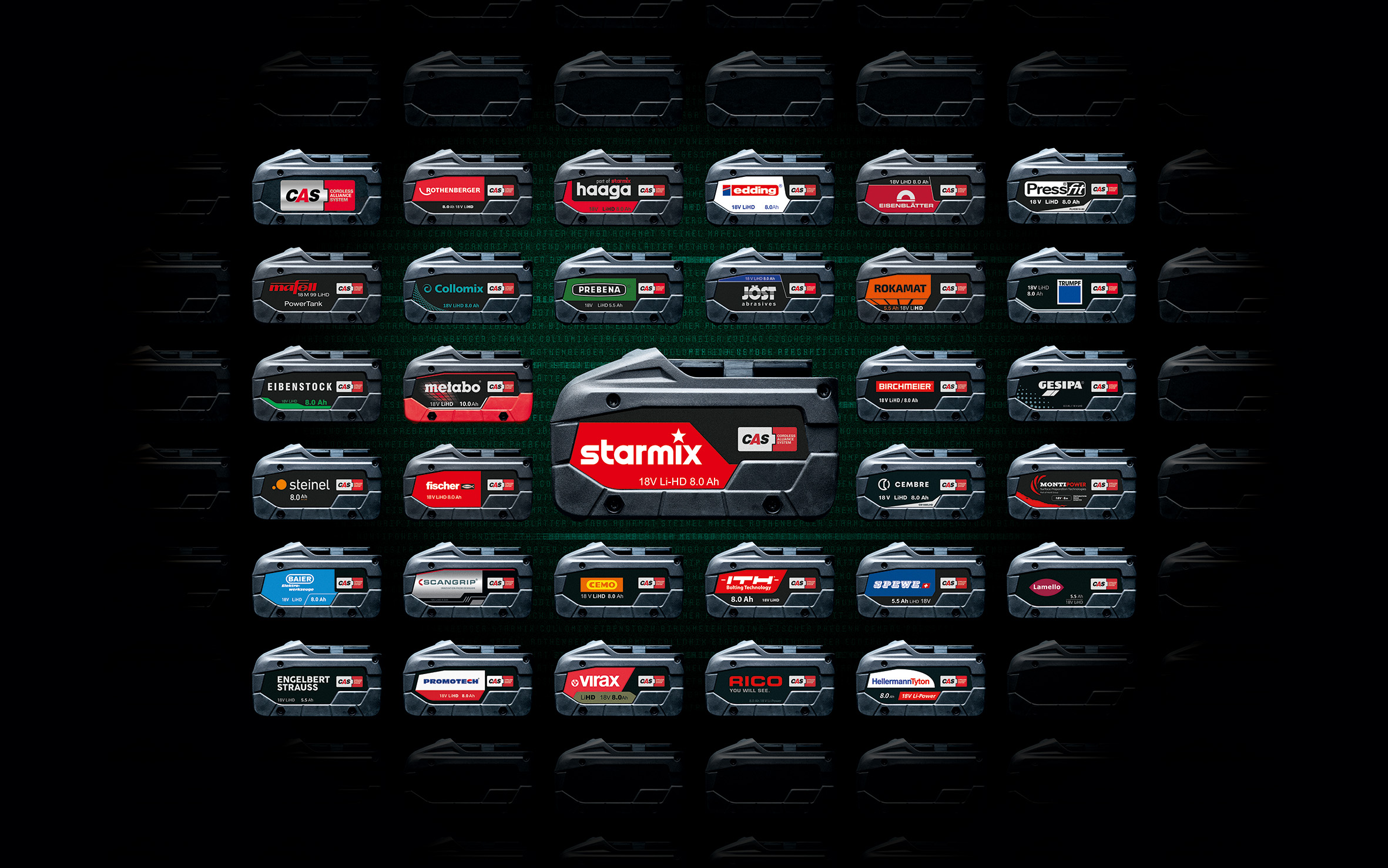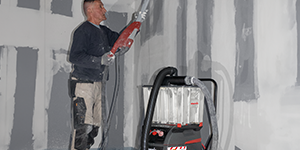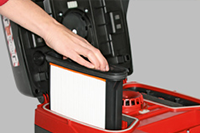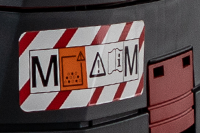Good question - clear answer
Do you have any further questions? We will be happy to answer your questions personally.







Caution: The warranty will be voided if replacement parts, accessories or consumables not approved by us are used, especially pleated filter cassettes or cartridges or filter bags. The use of these filters, which have not been tested by us, can lead to damage, especially to the turbine.







Legal framework conditions apply to the different dust classes. They are described in the international standard IEC 60 335-2-69, which divides dusts into three different dust classes: L, M and H.
Dust class L (low hazardous dust):
Simple and harmless dusts such as house dust and materials like soil or lime. The dusts have AGWs of > 1 mg/m3. For L vacuums, the filter material is tested. The max. permeability is less than 1%. There are no special disposal regulations.
Dust class M (medium hazardous dust):
All wood dusts as well as dusts from putty, filler and varnish, plaster, cement, concrete, tile adhesives and paints such as latex and oil paints or materials containing quartz such as sand and pebbles. AGWs of > 0.1 mg/m3 are present here. M-vacuum cleaners are tested by the test center as a complete unit. The max. permeability is less than 0.1% and the disposal must be low-dust.
Dust class H (high hazardous dust):
This class includes dusts with all exposure limits, all carcinogenic dusts, dusts with carcinogenic and pathogenic particles, and dusts with mold spores, silica sand, lead, asbestos, mineral fibers, bitumen, and artificial mineral fibers such as glass wool. These vacuums are also tested as a whole unit and the max. transmittance is less than 0.005%. The disposal must be carried out dust-free.
Dust class H-Asbestos:
This class corresponds to dust class H, but in Germany the vacuums must have an additional test according to TRGS 519, which entitles them to pick up and separate asbestos.
In accordance with the legal requirements, all Starmix vacuum cleaners in dust classes M-/H-/H-Asbestos have special electronics that detect when the air speed drops below 20 m/s due to clogged filters or a blocked suction hose. Then sufficient suction is no longer guaranteed and an acoustic warning signal sounds. Work can only be continued after the cause has been checked and eliminated. This warning device must also function with different hose diameters, i.e. the user sets the corresponding diameter (from 21 - 35 mm) on the preselection switch.
See overview "Dust classes"

Do you have any questions about our vacuum cleaners?
Of course, we will be happy to answer them personally. Our service team is ready to help you with words and deeds and will give you all the information and tips you need.
